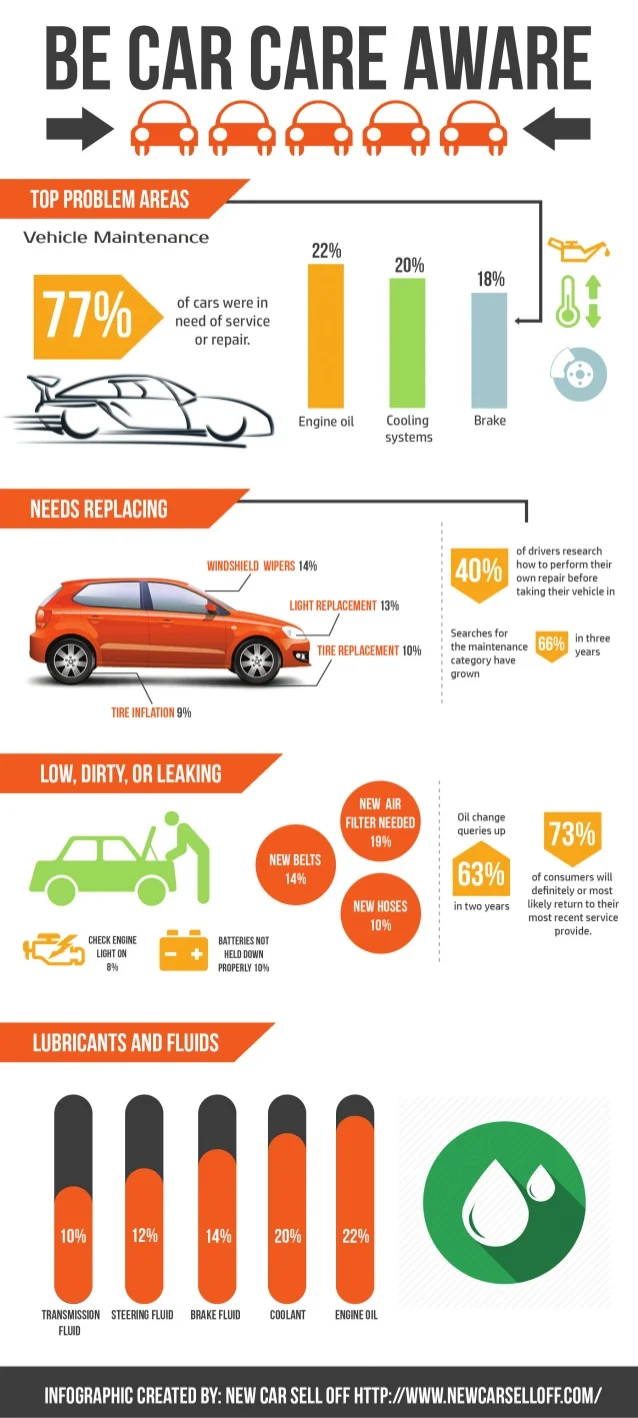Interpreting Your Vehicle'S Alert Lighting: Their Real Implications
Interpreting Your Vehicle'S Alert Lighting: Their Real Implications
Blog Article
Authored By-Sykes Shepherd
When you lag the wheel, those glowing warning lights on your dashboard can be a bit bewildering. Do you know what they're attempting to tell you concerning your car's wellness? Comprehending the significance of these lights is crucial for your security and the durability of your vehicle. So, the following time one of those lights turns up, wouldn't you intend to decode its message accurately and take the needed actions to resolve it?
Common Warning Lights and Interpretations
Identify common warning lights in your automobile and recognize their significances to ensure risk-free driving.
One of the most typical warning lights consist of the check engine light, which signifies problems with the engine or discharges system. If this light comes on, it's critical to have your lorry inspected immediately.
The oil pressure advising light shows low oil pressure, needing instant focus to avoid engine damage.
A blinking battery light may suggest a defective charging system, potentially leaving you stranded if not addressed.
The tire stress surveillance system (TPMS) light notifies you to low tire stress, influencing lorry security and fuel performance. Neglecting https://brakesnearme28406.blogitright.com/30377496/wondering-concerning-the-significance-behind-those-control-panel-warning-lights-gain-understandings-right-into-their-implications-for-your-automobile-s-security-and-upkeep can cause unsafe driving conditions.
The abdominal light shows a trouble with the anti-lock stopping system, compromising your capability to stop rapidly in emergency situations.
carseatcleaning but not least, the coolant temperature level warning light warns of engine overheating, which can lead to severe damage otherwise settled quickly.
Comprehending these typical caution lights will certainly assist you deal with problems promptly and preserve risk-free driving conditions.
Value of Prompt Interest
Understanding the usual warning lights in your vehicle is just the primary step; the significance of without delay resolving these cautions can't be emphasized sufficient to ensure your safety and security when traveling.
When a warning light illuminates on your control panel, it's your car's method of communicating a potential issue that needs interest. Overlooking these warnings can result in extra severe problems down the road, jeopardizing your safety and potentially costing you extra in repairs.
Trigger focus to cautioning lights can protect against break downs and accidents. For example, a flashing check engine light might show a misfire that, if left unattended, can create damage to the catalytic converter. Addressing relevant website without delay can save you from a costly repair.
Likewise, a brake system warning light could signify low brake liquid or used brake pads, important elements for your safety and security when driving.
DIY Troubleshooting Tips
If you notice a warning light on your control panel, there are a couple of DIY troubleshooting pointers you can attempt before seeking specialist assistance.
detailing nz is to consult your cars and truck's manual to understand what the specific caution light shows. In some cases the concern can be as straightforward as a loosened gas cap triggering the check engine light. Tightening the gas cap may resolve the issue.
Another typical concern is a reduced battery, which can cause various warning lights. Inspecting the battery connections for corrosion and ensuring they're safe and secure could take care of the trouble.
If a caution light continues, you can attempt resetting it by disconnecting the car's battery for a couple of mins and then reconnecting it. Additionally, examining your lorry's fluid degrees, such as oil, coolant, and brake liquid, can aid fix alerting lights related to these systems.
Final thought
In conclusion, understanding your cars and truck's caution lights is important for maintaining your automobile running efficiently and securely. By promptly attending to these notifies and understanding what they mean, you can avoid costly fixings and prospective breakdowns.
Remember to consult your car's handbook for specific information on each advising light and act accordingly to guarantee a hassle-free driving experience.
Keep notified, stay safe on the road!
